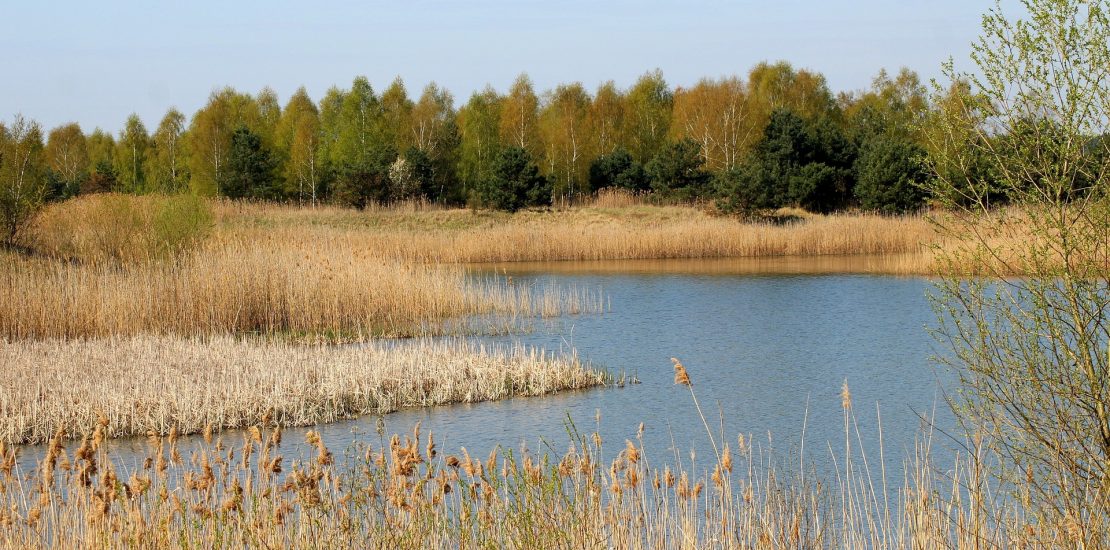Microplastic pollution threatens the world's coastal lagoons
- November 7, 2022
- Posted by: Sinead Sprigg
- Category: Environmental, Global, Water Issues, Water Treatment

A study published in the journal Environmental Pollution reviews microplastic pollution in coastal lagoons around the world and warns of the abundance of fibres and fragments of polyethylene, polyester and polypropylene in these ecosystems.
The study reviews the published scientific literature on microplastic pollution in 50 coastal lagoons in 20 countries on different continents. Coastal lagoons are transitional ecosystems between inland and marine water systems; these habitats are also affected by the impact of human activities.
Globally, the coastal lagoons of Lagos (Nigeria), Sakumo (Ghana) and Bizerte (Tunisia) — close to large urban centres and without waste and sewage treatment systems — are among the most affected water ecosystems by microplastic pollution.
However, the highest concentrations of microplastics have been detected in Barnes Sound and other small lagoons in a protected area in the north of Florida Bay (USA), a particular case that can be explained by the transport of microplastics carried by hurricanes from polluted areas.
Coastal lagoons are of great importance for biodiversity conservation. They are also the main providers of food and other ecosystem services to local populations that depend on them.
“In these natural habitats, peak levels of microplastic pollution result from a combination of several factors. For example, the residence time and water renewal rate of lagoons, the presence of large urban and industrial developments with insufficient waste management, river and outfall discharges, seasonal climate fluctuations, natural phenomena (hurricanes, typhoons, etc.) and the typology of microplastics,” says researcher Ostin Garcés-Ordóñez, a member of the Consolidated Research Group in Marine Geosciences and first author of the article.
Coastal lagoons with slow water turnover rates are the most susceptible to high microplastic pollution. In the case of the Mosquito Lagoon in Florida (USA), it takes 200-300 days to renew 50% of the water, and therefore microplastics entering this lagoon can remain in this ecosystem for considerable periods of time.
“During the rainy season, the concentration of microplastics also increases in surface water compared to the dry season, a phenomenon that has been observed in the lagoon of Rio Lagarto (Mexico) and in the Ciénaga Grande de Santa Marta (Colombia), with maximum levels in areas where the most intense human activities are recorded,” says Garcés-Ordóñez, a member of the Colombian Institute of Marine and Coastal Research.
“We can certainly say that the different environmental matrices of coastal lagoons — i.e. waters, sediments and organisms living in these habitats — are receptors of microplastics and are affected by the pollution they cause. However, we do not yet know to what extent coastal lagoons are ultimate sinks for microplastics,” says Miquel Canals.
As Canals notes, “the best way to tackle and minimise the problem of microplastic pollution in general and in coastal lagoons specifically is to stop it from entering natural systems from the roots. It is necessary to act on the sources and the causes that favour their arrival in coastal lagoons and the rest of the ecosystems.”
The study concludes that achieving this goal would require a series of combined actions at global, regional, national and local levels; including adequate regulatory frameworks, and proper management of waste and wastewater discharged into aquatic ecosystems.
